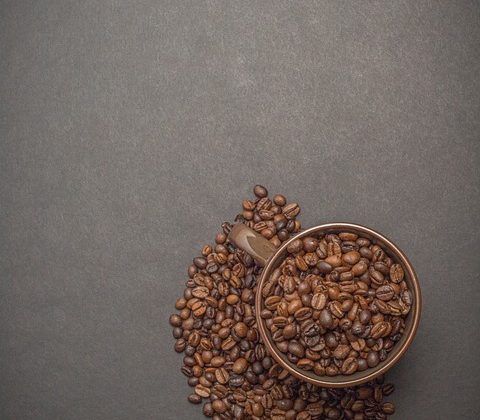Every morning, millions of people around the world start their day with a cup of coffee. Whether you prefer a strong espresso, a creamy latte, or a simple black coffee, the journey of that beloved brew from farm to cup is a fascinating one. From the farmers who cultivate the beans to the roasters who bring out their flavors to the baristas who craft the perfect brew, every step in the process plays a crucial role in delivering that perfect cup of coffee to your doorstep.
The journey of coffee begins on the farm, where coffee beans are grown in tropical regions around the world. Coffee trees thrive in areas with rich soil, ample rainfall, and a steady temperature, which is why they are typically found in countries near the equator. The beans grow inside small, cherry-like fruits that are harvested by hand when they are ripe. Depending on the variety of coffee bean, the harvest season can vary, but in general, it takes about three to five years for a coffee tree to start producing fruit.
Once the beans are harvested, they go through several processing steps to prepare them for roasting. The most common methods of processing include wet processing, dry processing, and semi-washed processing. Each method affects the flavor profile of the coffee, so it’s important for farmers to choose the right process based on the desired taste.
After processing, the beans are dried and sorted before being shipped to roasters around the world. Roasting is a critical step in the coffee-making process, as it brings out the flavors and aromas of the beans. Roasters use a combination of time, temperature, and airflow to achieve the perfect roast, which can range from light to dark depending on the desired taste. Some roasters also blend different coffee beans to create unique flavor profiles, while others focus on single-origin beans for a more pure and authentic experience.
Once the beans are roasted, they are ground and brewed to create that beloved cup of coffee. Espresso machines, French presses, pour-over devices, and drip coffee makers are just a few of the tools used to brew coffee, each delivering a different flavor and texture. Baristas, who are trained professionals in the art of coffee-making, play a crucial role in crafting the perfect brew by adjusting variables such as grind size, water temperature, and brewing time.
From the farm to the cup, the journey of coffee is a complex and intricate one that involves the hard work and dedication of countless individuals. Farmers, pickers, processors, roasters, and baristas all play a crucial role in delivering that perfect cup of coffee to your morning routine. So the next time you take a sip of your favorite brew, take a moment to appreciate the journey that brought it to your cup.
FAQs:
Q: What is the difference between arabica and robusta coffee beans?
A: Arabica and robusta are the two most common species of coffee beans. Arabica beans are known for their smooth, complex flavor profiles and are typically grown at higher altitudes. Robusta beans, on the other hand, are more bitter and have a higher caffeine content. Most specialty coffee is made from arabica beans, while robusta beans are often used in instant coffee and espresso blends.
Q: How can I support ethical coffee production?
A: By purchasing coffee from companies that prioritize sustainability, fair trade practices, and ethical sourcing, you can support ethical coffee production. Look for certifications such as Fair Trade, Rainforest Alliance, and Direct Trade when choosing your coffee beans. Additionally, consider buying coffee from small-scale farmers and cooperatives that focus on environmentally friendly farming practices.
Q: What is the best way to store coffee beans?
A: To maintain the freshness of your coffee beans, store them in an airtight container in a cool, dark place. Avoid exposing them to light, heat, or moisture, as these factors can degrade the quality of the beans. It’s best to buy coffee beans in smaller quantities and grind them just before brewing to ensure maximum freshness.
Q: What are some common coffee brewing mistakes to avoid?
A: Some common coffee brewing mistakes include using the wrong grind size, using water that is too hot or too cold, and over-extracting or under-extracting the coffee. It’s important to follow the recommended brewing parameters for your chosen coffee brewing method and to experiment with variables such as grind size, water temperature, and brewing time to find the perfect cup of coffee for your taste preferences.











